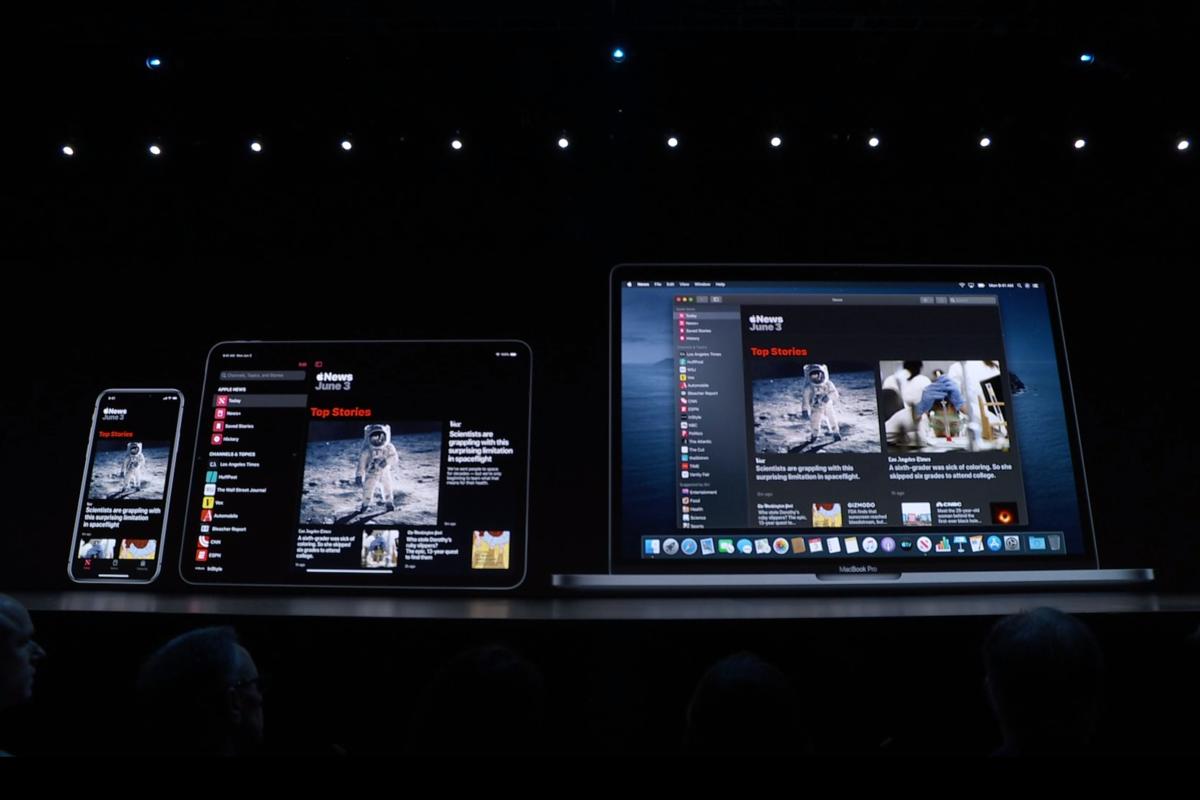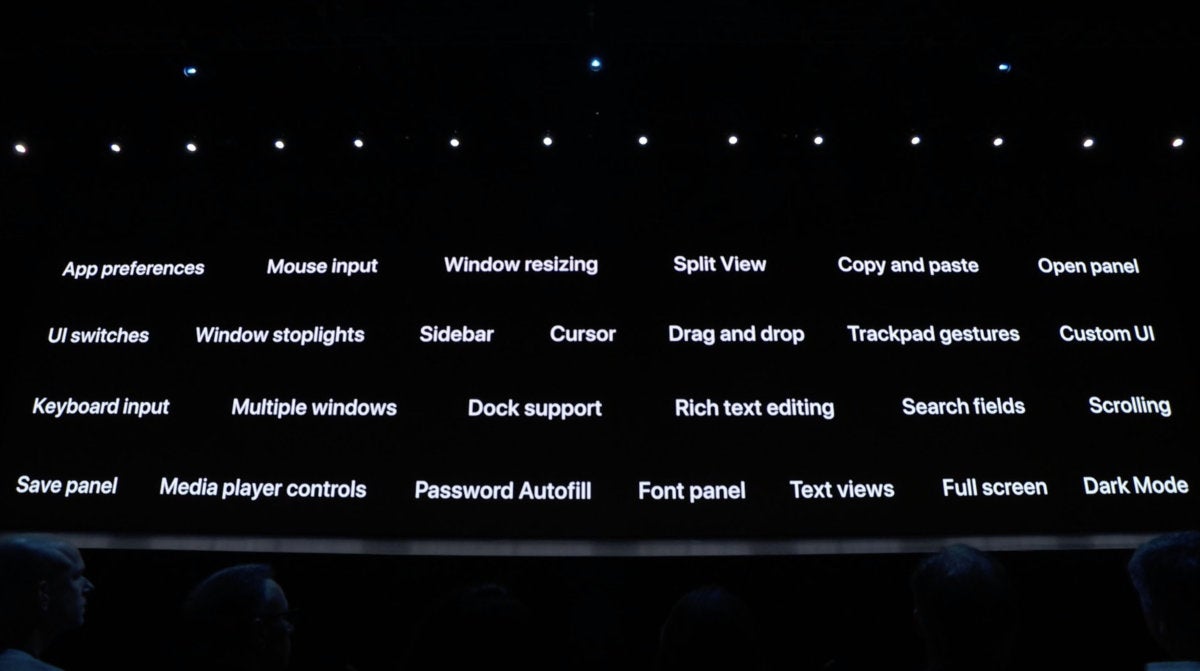Apple appears to be setting the table for some interesting moves with the introduction of Swift Playgrounds for Mac and recent news that it’s now possible to offer both Mac and iOS apps as the same app.
What could this mean? Soe thoughts....
The news in a nutshell
These are the two key items in a little more depth:
1. Swift Playgrounds is now available for Mac
Swift Playgrounds is designed to help people learn now to code through lessons that teach coding concepts and introduce people to how to write applications using Swift. This has only been available on iPad, but is now also for Mac.
What’s particularly interesting is that you can begin projects on a Mac and end them on an iPad, or start on an iPad and finish on a Mac, thanks to iCloud integration.
What’s also interesting is that Swift Playgrounds for Mac was built using Mac Catalyst. That means you get many of the iPad features, but with useful Mac version enhancements including Touch Bar shortcuts.
You can download Swift Playgrounds for Mac here.
2. Universal Mac/iOS purchases
Here's another piece of exciting news:
“Starting in March 2020, you’ll be able to distribute iOS, iPadOS, macOS, and tvOS versions of your app as a universal purchase, allowing customers to enjoy your app and in‑app purchases across platforms by purchasing only once,” Apple explains.
This will make it possible for developers to offer apps across all the platforms for one fee. This will also enable software to be sold across all Apple’s platforms (including the Apple TV) on a subscription basis.
People who make powerful video and imaging apps for iPads may see immediate benefit, as Catalyst could let them quickly create Mac versions of their iPad apps.
It’s an important step that should also benefit customers who may resent paying twice for the same software – and should encourage more developers to think about moving their apps to the Mac. It's set to become a reality starting in March.
What else happens in March?
Bridging the gap
Apple’s moves to close the gap between its iOS and macOS platforms have been predicted for years, and this new sequence of events means it may even be able to combine its App Stores in one place, as predicted early in 2019.
The effort isn’t trivial.
The company has put lots of weight behind it, and while it says its intention isn’t to replace Macs with iOS devices, it also says it does look to leverage logical synergies where it can.
Todd Benjamin, Apple’s macOS product marketing director in 2019, explained:
“Our vision for Mac Catalyst was always to make it easier for any iPad app developer, big or small, to bring their app to the Mac.... Not only is this great for developers, but it’s also great for Mac users, who benefit with access to a whole new selection of great app experiences from iPad’s vibrant ecosystem.”
There’s a significant benefit to enterprise developers, of course, in that it’s now more likely they will build software first for iPad and port this to iPhone and Mac.
 Apple
Apple
Apple's Project Catalyst will make it easier for developers
What about ARM Macs?
We continue to hear speculation Apple may migrate Macs to ARM processors, particularly as the company begins manufacturing 5nm A14 processors this year. Macworld has even speculated that the next iPhone chip will deliver as much processing power as you get in a 15-in. MacBook Pro.
Way back in 2012, we learned: “Apple engineers have grown confident that the chip designs used for its mobile devices will one day be powerful enough to run its desktops and laptops.”
Is this likely?
Apple has already said it has no plans to replace Macs with iPads and consistently says it sees both platforms as different things.
That doesn’t necessarily sound like never, as with iPads now offering (limited) support for external mice, keyboard and external storage and with Catalyst enabling easier export of iPad apps to Macs, at least some of the differences between the platforms are less stark.
There is the matter of who would gains the most.
There are some immediate benefits:
- Apple makes its own A-series processors in vast quantities. Migrating Macs to them may help reduce the cost of hardware by lowering chip costs – though it is unlikely to be able to migrate all Macs, particularly at the high-end.
- For an idea of the consequences of migrating from Intel chips to iOS processors, look at what happened when Apple dumped the Intel chip from Apple TV and began using A-series chips instead: The price of the streaming TV box fell from $300 to $99.
- Apple’s silicon teams are storming ahead of the whole industry in terms of processor power – the current A13 chips deliver vastly better performance than the A10 chips inside an iPhone 7.
- These processors could be even faster when optimized for large-form-factor Macs, with bigger batteries and better airflow systems.
- Apple likes to own the primary technology. What could be more important to control than the chips that power its machines?
- Of course, it's important to consider the consequences of alienating a key supplier, confusing users with new limitations in terms of app support and possibly alienating developers who may suddenly find it necessary to introduce new versions of their apps. (Catalyst makes that last one a little easier.)
- However, is this something Mac or iPad users really need? What is the benefit to them? While it might be good to find some kind of hybrid device that works as a touch-based system when required and a traditional Mac UI the rest of the time, the benefits don’t seem especially obvious.
One thing that is true is that even if Apple has no such plans, the work it has done on Catalyst and A-series processors mean it’s more possible than before.
Otheriwse, what would be its motivation?
Please follow me on Twitter, or join me in the AppleHolic’s bar & grill and Apple Discussions groups on MeWe.






